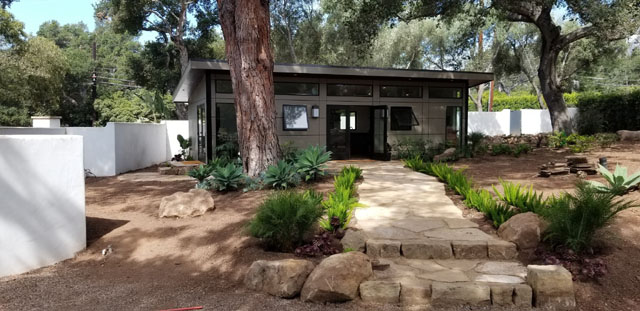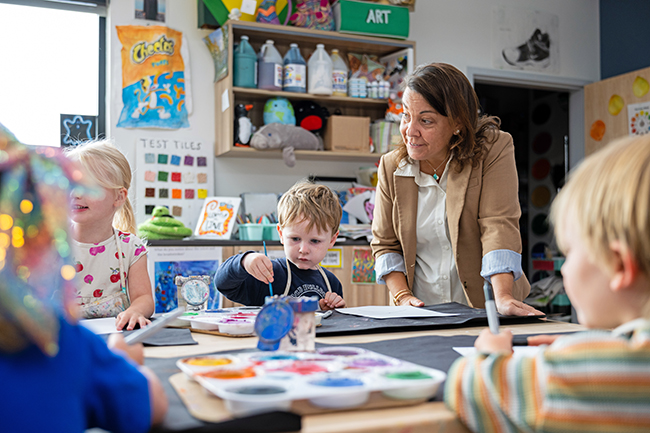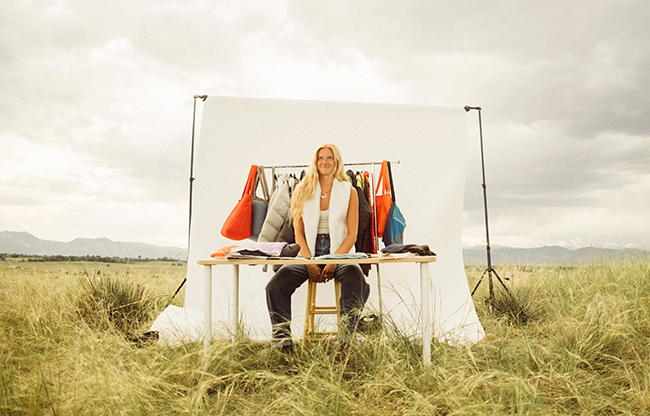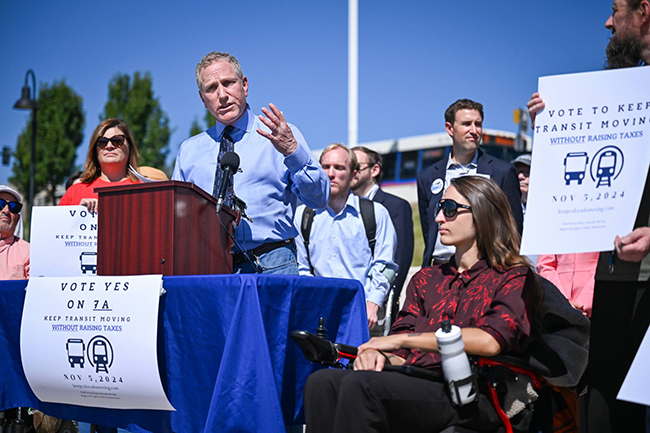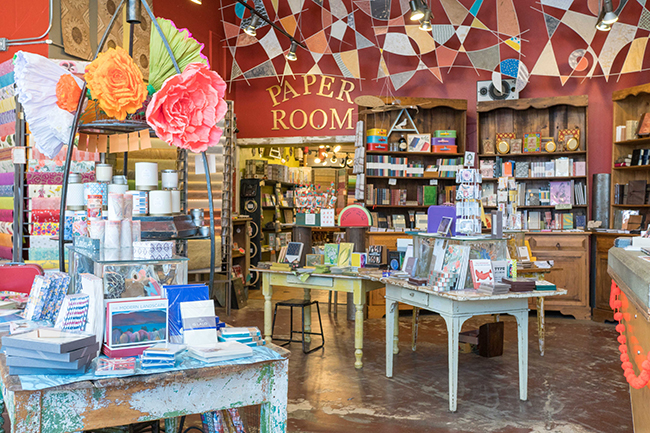Generations of Growth
21 May 2023
MASA Seed Foundation cultivates independence for local growers
By SARA BRUSKIN
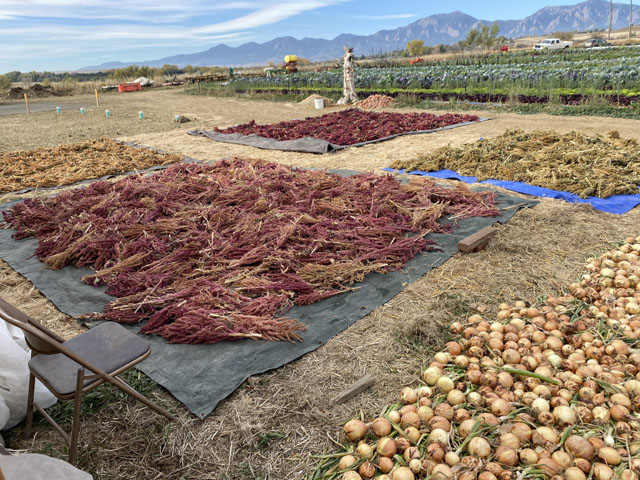
A seed is a powerful thing.
It can grow into a plant that provides food, and if you collect that plant’s seeds and those of future generations, you have years of sustenance ahead of you. It’s one of the oldest staples of human survival, but the modern agriculture industry has moved farther away from the self-sufficient model of seed-saving.
In the United States, a small handful of companies produce the vast majority of seeds. Richard Pecoraro, founder of MASA Seed Foundation in Boulder, explains that many of those mass-produced seeds either grow into sterile hybrid plants that can’t reproduce, or they’re seeds for genetically modified crops that have been patented. Farmers often have to sign contracts guaranteeing they won’t save GMO seeds for future use, so as not to infringe on the patent.
“There’s a big level of independence that is lost if we depend solely on hybrids and GMOs,” Pecoraro says. “We can’t grow our own seed from those cultivars. If I can’t reproduce it, then I can’t develop an adaptive variety of a given plant species.”
In an effort to restore our local agricultural sustainability, Pecoraro and his team are developing a regional seed bank that provides heirloom seeds to growers in the Front Range area.
“Our seed bank is sovereign—independent of any corporation or government—because it’s in a nonprofit status,” says Laura Allard, general manager at MASA’s farm. “It doesn’t even belong to us.” Anybody who buys seeds from MASA can continue growing for years, and those repeated successions are the key to developing locally adapted plant varieties.
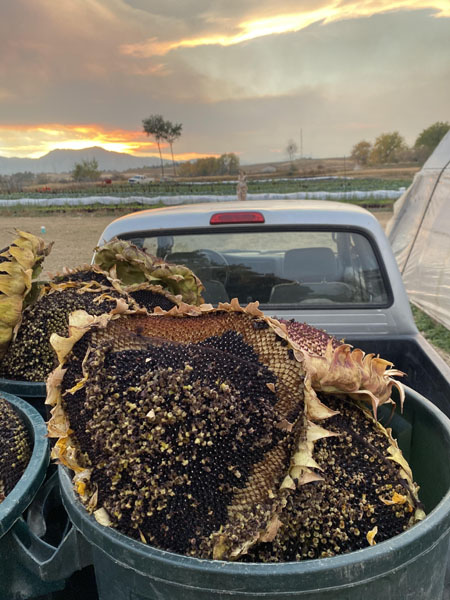
MASA’s farm and gardens grow huge numbers of plants (250,000 last year) that are open-pollinated, so they can pick up traits that may prove evolutionarily beneficial. These could include things like heat and drought tolerance, cold tolerance, flower shapes that are more accessible to native pollinators and other characteristics that make the plants more likely to thrive in local ecosystems.
“After ten successions of growing a plant, selecting the best-performing versions for seed collecting and planting again, that plant is considered locally adapted,” Pecoraro says.
This process is fairly labor intensive, and Pecoraro is quick to point out that he doesn’t begrudge farmers who use hybrid and GMO seeds instead. “MASA actually stands for Mutual Admiration Seed Association, and I have a lot of respect for most people who do the work with crops. Farmers are in a situation where we have to produce so much. It increases demand for super high-performance seeds that really fit the industrial regimes, so those are still the top choices.”
To compete in that market, Pecoraro says he needs to have top-quality seeds. His ultimate vision for MASA includes a seed co-op in which hundreds of backyard gardeners “adopt” a certain plant variety and cultivate it for the seed bank. Before he gets to that point, however, he needs to build up the local market for his heirloom seeds and make sure there’s a support network in place to properly train and assist future co-op members.
For now, MASA is focusing on field work, crop development, nursery development and its CSA. It often hosts school groups who come to learn about the work, which Allard says is a perfect fit for their mission.
“We’re growing the seeds for our children’s children,” she says. “Part of founding this nonprofit is to let go of it and have younger people and future generations keep growing seed and saving seed just like this. That is what people always did. Seeds belong to people.”
To become a member of the foundation, donate, volunteer or sign up for the future seed co-op, visit masaseedfoundation.org.
Tips for Saving Seeds
- Save seeds from your best-performing plants.
- Seeds that are embedded in fleshy fruit are referred to as wet seeds, while those that grow in pods, husks or seed heads and dry out on the plant are called dry seeds. Research the differences between wet-seed processing and dry-seed processing to figure out your specific steps.
- Send some of your seeds to Colorado State University’s Colorado Seed Laboratory for testing to make sure they aren’t contaminated with any disease-producing bacteria or fungus.
- Seal your seeds in a secure container, so rodents don’t get to them.
- Store seeds in a cool, dry area.
If you’re more of a hands-on learner, volunteer with MASA to get experience with seed processing and saving. masaseedfoundation.com


